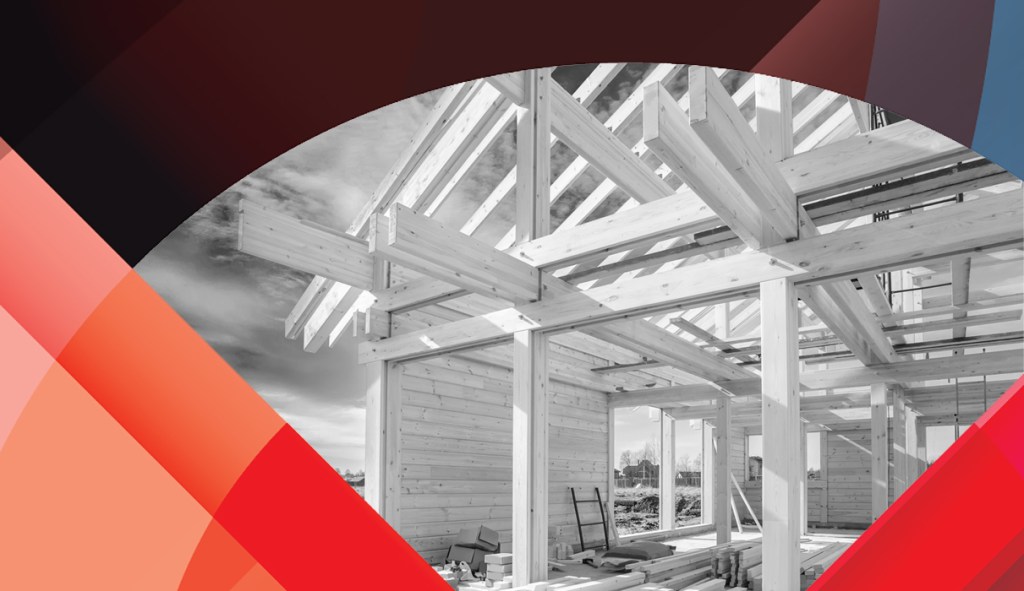
Today the Census Bureau reported 863,000 new home sales in April 2021. This was a miss from estimates and revisions for the previous months were all negative.
From Census: “Sales of new single‐family houses in April 2021 were at a seasonally adjusted annual rate of 863,000, according to estimates released jointly today by the U.S. Census Bureau and the Department of Housing and Urban Development. This is 5.9 percent (±11.2 percent)* below the revised March rate of 917,000, but is 48.3 percent (±24.5 percent) above the April 2020 estimate of 582,000.”
Data from the previous months’ report was a beat of estimates with positive revisions. The difference in the two reports is not surprising; new home sales tend to fluctuate wildly month to month on both the positive and the negative.
A more reliable and stable indicator of the housing market is the monthly supply of new homes, averaged over three months. As long as the three-month average is under 4.3 months, the builders will have the confidence to continue to build. With this report, the three-month average is up to 4.23 months. This puts us on the verge of the housing market turning from solid to just okay. I know it might not seem like much of a move, but, trust me you want to keep an eye out on this data line.
When looking at the housing data for this year, it pays to be mindful that this expansion is very different than the previous one. The new home sales sector had its weakest recovery ever from 2008 to 2019. The weakest demand cycle ever means that housing starts also had the weakest recovery ever. This is bullish for housing growth because the bar is low to do better during this expansion.
I’ve never believed housing starts will start a year at 1.5 million until the years 2020 to 2024 because, previous to that period, demand never warranted more construction. In this expansion, we will have ample replacement buyers, but not a boom. If total new and existing homes get to 6.2 million or more, I would consider it a beat.
In this expansion, we no longer have a low bar for year-over-year comparisons. In this market, we will need to have the demand grow to earn the building of more homes. Cost pressures are somewhat alleviated by low mortgage rates, now around 3%. If rates go to 4% however, it will be a different story.
In the previous expansion, everyone said the same thing: We need to build more homes. We did build more homes, but again, the bar for comparison was low.
Even so, in the years 2013, 2014, and 2015, the market missed estimates for sales. Then in 2018, when rates got to 5%, monthly supply spiked to over 6.5 months, and the builders’ stock fell over 30% from the peak. This resulted in a pullback of construction, which was quickly fixed as rates went lower in 2019.
The housing market is much different today. In the years 2020 to 2021, more Americans are buying homes with mortgages than in any year from 2008 to 2019. The monthly supply data also looks much better now, compared to 2008-2019.
For now, the builders should have confidence in being able to sell homes. But, as always, I caution you to be the detective, not the troll. New home sales reports are notorious for wild revisions. Stick to the trends for both the monthly data and the revisions, no matter what others may say about the need to build more units.
Inventory of 4.4. to 6.4 months is considered by the builders to be just a meh marketplace, not one of booming demand that requires a boom in construction. Mother marketplace can be cruel in destroying the hopes for a construction boom. I gave my case for why I never believed we could get a construction boom even with our current great housing demographics here.
From 2020 to 2024, the biggest tug of war in housing will be between good demographics and low rates versus home price appreciation and now the cost of building a home as lumber prices, even with the recent declines, are through the roof.
For now, low mortgage rates are trumping high lumber prices in terms of the effect on demand in a major negative way. The monthly supply is still low enough for builders, but the cost pressures are increasing.
Mortgage rates over 3.75% should change the housing market landscape from its currently overheated state for both the new and existing home sales. Higher mortgage rates may be what is needed to bring lumber prices down and end the bidding wars we have been seeing in the Hunger Housing Games. I believe this will be the best thing for housing.,
For now, housing permits and starts are still fine, as are builder’s confidence levels with new home sales data.
Make no mistake, the 2021 housing market isn’t healthy. Prices for existing homes are overheating and builders’ costs are ramping up. Mortgage rates of 3% give a lot of cover to builders, but we can’t assume that these low rates will last forever.
The new home sales sector is much different than the existing home sales sector. New homes have all the bells and whistles and are more costly, so the average new-home buyer tends to be older and better off financially than the average existing home buyer. The new home sector can’t compete with the existing home sales market in terms of price, so when mortgage rates increase, it’s more of a disadvantage to the new home sales market. If new home sales don’t grow, housing construction will slow down.
For now, the housing market is doing okay, but be mindful of the monthly supply rules. Be the detective, not the troll.




